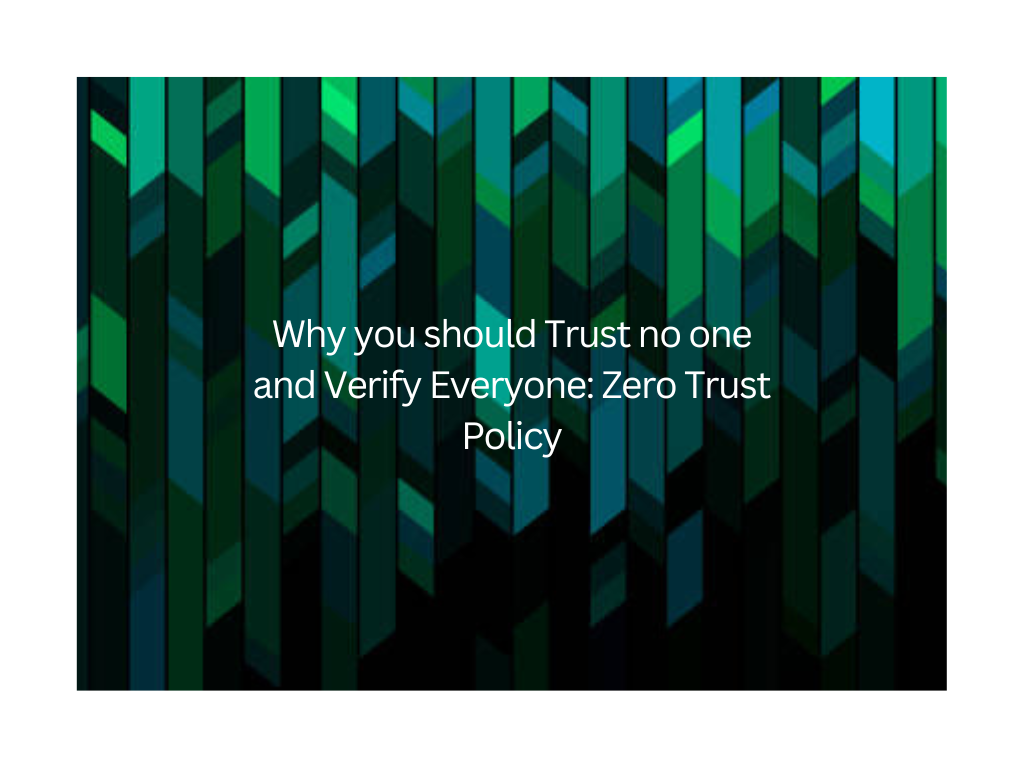The classical theory of the security boundary is growing increasingly troublesome at the heels of highly publicized attacks. The boundaries are becoming nonexistent, as cloud-based architectures push back legacy systems.
Adding on, the cyber kill chain is likewise altering into a misnomer, as cyber threats unfold faster than security systems could identify them.
What does one understand by Zero-trust Policy?
Zero Trust is a security philosophy which is centered on the faith that business organizations should not always trust anything inside or outside its circumference and rather must verify anything and everything trying to reach its systems before permitting access.
The sudden shift from Castle and moat model to Zero Trust Policy
Because the “Castle and moat” model or also called “perimeter security” is intrusion-centric, its shortcoming lies in its intense focus on external threats and on ignorance of inside threats.
As high-profile attacks have taught us in recent years, external threats are usually the least of everyone’s problems. Insider threats are frequently overlooked, even if they provide all secure attack surfaces irrelevantly.
Not just this, but the Castle-and-moat model comes with even more pitfalls such as ambiguous permissions or overuse of privileges, lack of visibility into data management and reporting, data leakage due to bring-your-own-device usage (due to the COVID-19 pandemic), over-dependency on passwords for user authentication.
Why is Zero Trust Policy considered risk-averse?
The first ones to adopt Zero Trust Policy were Cloud Infrastructure Providers, which is why Cloud infrastructure works around the principle that nothing should be trusted and everything should be verified.
For the following reasons Zero Trust Policy has been considered a risk-averse policy: –
1.) Lesser vulnerability: The Zero Trust model better secures the company, especially from in-network lateral threats that could manifest under a different security model.
2.) Well-built policies for user identification: Zero Trust requires strong management of users inside the network, so their accounts are more secure-making the entire network more secure. Using two-factor authentication or moving beyond passwords with biometrics is a good way to keep accounts well-guarded. Then, with the categorization of users, they can only be granted access to data and accounts as necessary for their particular job tasks.
3.) Smart breakdown of data: In a Zero Trust model, you wouldn’t have one big pool of data that all users could access. Segmenting data according to type, sensitivity and use provide a more secure setup. Henceforth, critical or sensitive data is secured and potential attack surfaces are reduced.
4.) Increased data security: Zero Trust keeps data well-guarded in both storage and transit. This means things like automated backups and encrypted or hashed message transmission.
5.) Better security orchestration: This is the task of making sure all your security elements work together efficiently and effectively. In the Zero Trust model, no holes are left uncovered and the combined elements complement one another rather than presenting incongruities between them.




